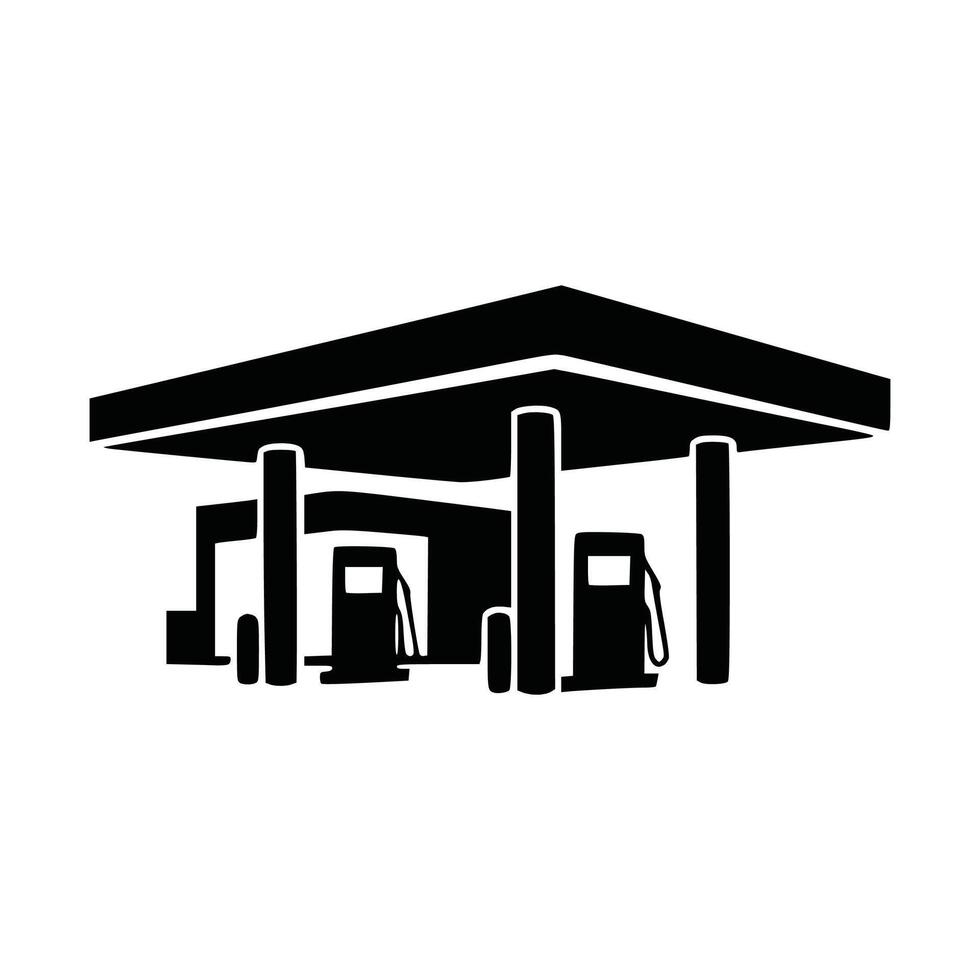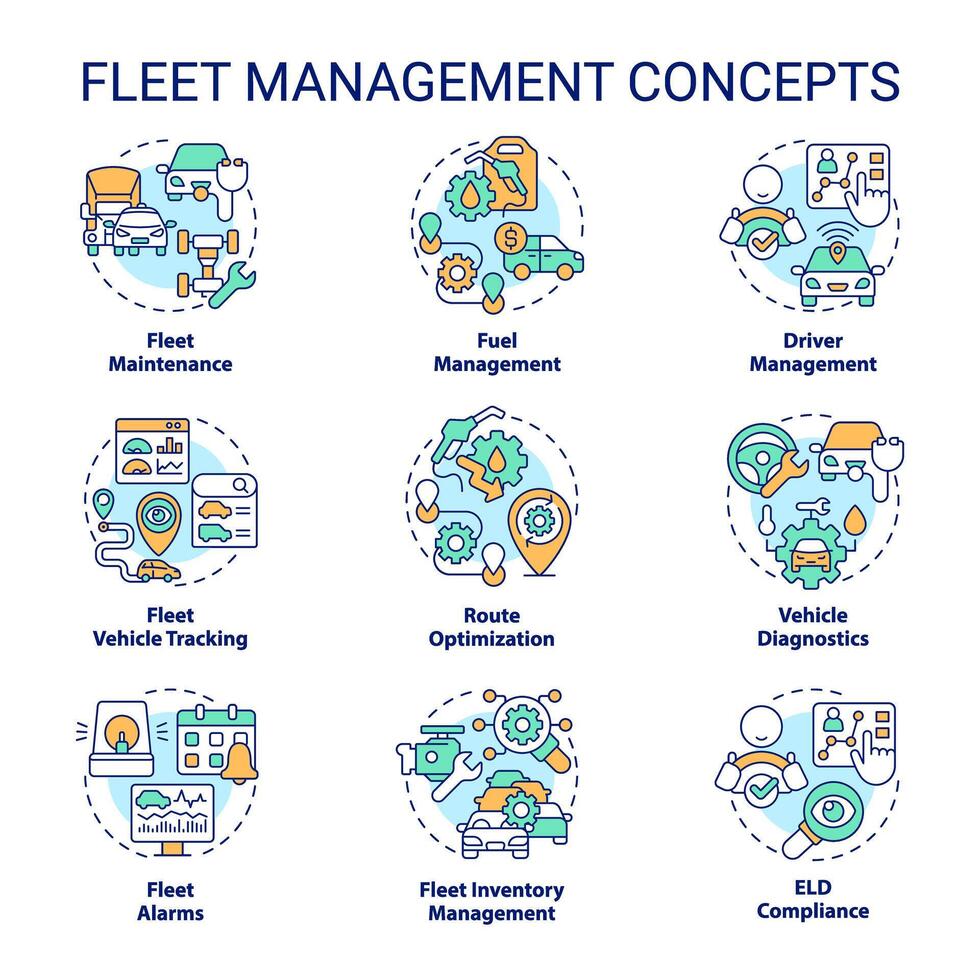Decoding Fuel Economy: Essential Tips to Boost Your Car's Efficiency

Urban Pedia Wiki
Your one-stop destination for all the information you need - from technology updates, health articles, tutorial guides, entertainment news, sports results, to daily life tips.

1. Understanding Fuel Economy Basics
Decoding MPG and Other Metrics

- MPG (Miles Per Gallon): Measures how far a car travels on one gallon of fuel.
- Real-Time MPG: Instantaneous fuel efficiency displayed on the dashboard.
- Average MPG: Fuel efficiency over a trip or longer duration.
- L/100km (Liters per 100 Kilometers): Metric equivalent, used internationally.
- Fuel Efficiency Labels: Mandatory in several countries to display fuel efficiency ratings.
| Metric | Description | Impact |
|---|---|---|
| Miles Per Gallon (MPG) | Miles traveled per gallon of fuel consumed. | Higher MPG indicates better fuel efficiency and lower fuel costs. |
| Liters per 100 Kilometers (L/100km) | Liters of fuel consumed per 100 kilometers traveled. | Lower L/100km indicates better fuel efficiency. |
| Real-time MPG | Instantaneous fuel efficiency as you drive. | Helps adjust driving habits to improve fuel economy. |
| Average MPG | Fuel efficiency calculated over a specified period. | Provides an overall view of your fuel efficiency. |
2. Driving Habits for Optimal Fuel Efficiency
Changing Your Driving Style for Improved MPG

- Avoid rapid acceleration and hard braking.
- Maintain a consistent speed (use cruise control).
- Anticipate traffic flow to reduce stops and starts.
- Minimize idling.
- Plan your routes to avoid traffic congestion.
- Remove excess weight from your vehicle.
| Driving Habit | Impact on Fuel Economy | How to Improve |
|---|---|---|
| Rapid Acceleration | Increases fuel consumption. | Accelerate smoothly and gradually. |
| Hard Braking | Wastes energy and fuel. | Anticipate stops and brake gently. |
| Speeding | Significantly reduces fuel efficiency. | Maintain the speed limit. |
| Idling | Wastes fuel without moving the vehicle. | Turn off the engine when parked for more than a minute. |
| Frequent Stops and Starts | Requires more fuel. | Plan routes to avoid congested areas. |
3. Vehicle Maintenance and Fuel Efficiency
Keeping Your Car in Top Shape

- Regular oil changes
- Replace air filters
- Maintain proper tire pressure
- Get wheel alignments
- Replace spark plugs as recommended
- Address engine problems promptly
| Maintenance Task | Benefit to Fuel Economy | Frequency |
|---|---|---|
| Oil Changes | Reduces engine friction. | As recommended by the manufacturer (typically every 3,000-7,500 miles). |
| Air Filter Replacement | Improves airflow to the engine. | Every 12,000-15,000 miles or as needed. |
| Tire Inflation | Reduces rolling resistance. | Check monthly and before long trips. |
| Wheel Alignment | Ensures tires roll efficiently. | Annually or as needed. |
| Spark Plug Replacement | Improves engine combustion. | Every 30,000-100,000 miles (depending on the type). |
Conclusion
#Automotive #auto parts #auto repair shop #car dealership #vehicle financing #car maintenance #automotive service